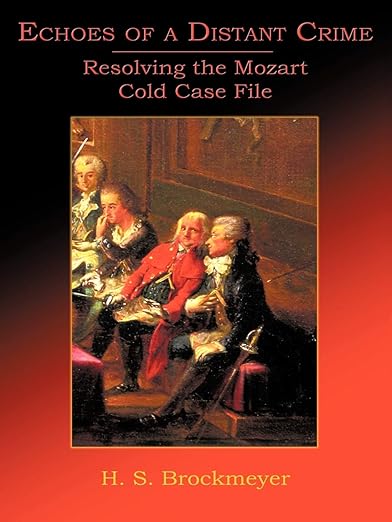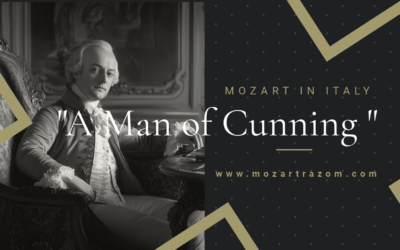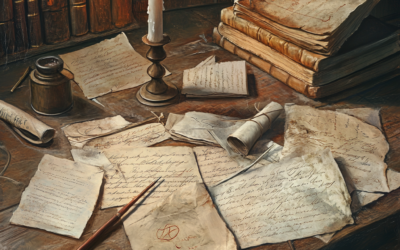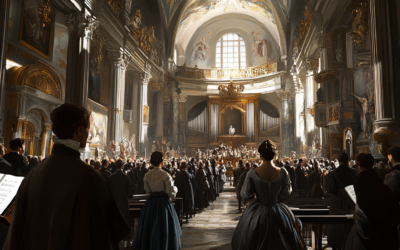MozartrazoM
Georg Nissen and the Missing Notebooks
Article written by H. S. Brockmeyer
After Mozart’s death, his widow, Constanze, found a steadfast partner in Georg Nikolaus von Nissen, a Danish diplomat who dedicated his life to preserving the composer’s legacy. Nissen not only compiled an extensive biography of Mozart but also uncovered and safeguarded many of his compositions. Driven by a deep admiration for Mozart, Nissen even embarked on a secret investigation into the mysterious circumstances of the composer’s death, a pursuit that reflects his unwavering commitment to uncovering the truth.
“Nissen certainly realized the dangers of exposing the murder should it have been
perpetrated by a powerful group with deep connections to the Court.”
Echoes of a Distant Crime: Resolving the Mozart Cold Case File
After the death of the legendary composer Wolfgang Amadeus Mozart, his widow, Constanze, remarried in 1809 to Georg Nikolaus von Nissen, a Danish diplomat and passionate admirer of Mozart’s work. This union not only provided stability for Constanze and her children but also set in motion one of the most remarkable efforts to preserve Mozart’s legacy.
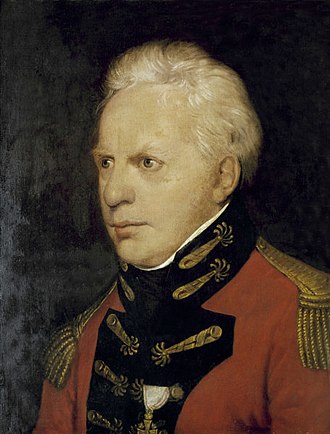
Georg Nicolaus Nissen after painting by Jagemann.
Nissen was a man of diverse talents—a poet, amateur musician, and, above all, a devoted supporter of Mozart. His deep respect for the composer led him to compile an extensive biography of Mozart, a monumental work that spanned over 900 pages and was published posthumously in 1829. Nissen’s dedication to this project consumed much of his life, as he meticulously collected documents, letters, and musical scores, often working late into the night.
Yet, Nissen’s efforts went beyond mere biography. He discovered hundreds of Mozart’s compositions hidden in a closet in Constanze’s apartment, which he carefully cataloged and sold, ensuring that these masterpieces would not be lost to history.
Interestingly, Nissen also harbored suspicions regarding the mysterious circumstances surrounding Mozart’s death. In his final years, he pursued a private investigation, corresponding with close friends and seeking to uncover what he believed was a potential murder plot. His determination to reveal the truth was so profound that, in a secret letter to his stepson Wolfgang, Nissen urged him to continue this investigation after his death, warning of the dangers involved and even involving the King of Denmark as a witness to his testament.
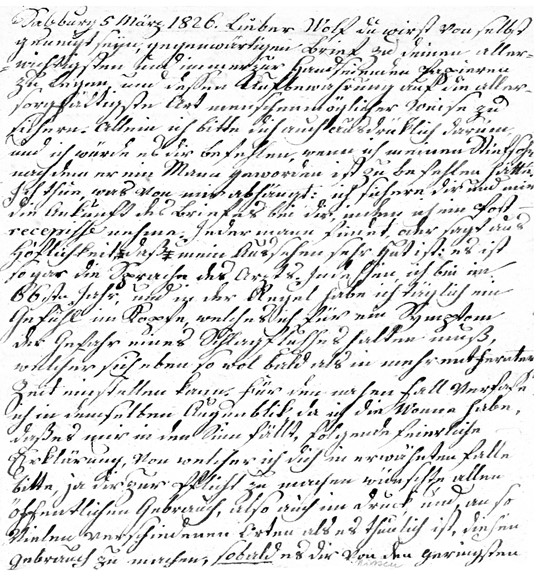
Georg Nikolaus von Nissen’s Letter in 1826 to Step-son Wolfgang Xaver
to Expose Mozart’s Violent End
Image reproduced with permission from the Mozarteum Foundation.
Nissen’s legacy is a testament to his unwavering dedication to Mozart and his relentless pursuit of the truth. Though his final investigation into Mozart’s death remains inconclusive, his contributions to preserving and promoting the composer’s work are invaluable, making him an integral figure in the history of classical music.
To delve deeper into this fascinating story about Georg Nikolaus von Nissen and his connection to Mozart, you can download the full document from the link below.
You May Also Like
A Revolutionary Encounter at Cremona Musica
Sharing insights on Mozart and the Neapolitan school at Cremona Musica, the premier global stage for music and culture.
#1 A Man of Cunning
In the end, Leopold Mozart’s life was a testament to survival in a world where his talents were often overshadowed by those of his more gifted contemporaries and his own son. While his “Violinschule” remains a notable contribution to music pedagogy, it is clear that Leopold’s legacy is as much about his ability to navigate the challenges of his time as it is about his musical achievements. His story is one of ambition, adaptation, and the lengths to which one man would go to secure his place in history, even if that place was built on borrowed foundations.
@MozartrazoM
Mozart’s Letters: A Legacy of Disappearances, Edits, and Forgeries
Mozart’s letters reveal missing originals, questionable authorship, and forgeries, adding complexity to his legacy.
The Curious Case of Mozart’s “Lullaby”
Though long credited to Mozart, the lullaby “Schlafe mein Prinzchen, schlaf ein” hides a murky history. Initially published by Nissen, Constanze’s second husband, it has endured as one of Mozart’s supposed works—despite a trail of doubts. In 1798, Constanze herself noted sending “another piece of Mozart’s in place of the lullaby,” raising questions about its origins. By the 20th century, researchers revealed it as the work of lesser-known composers, yet it remains deceptively tied to Mozart, its myth surviving through mere footnotes.
The Contradictions Behind Mozart’s Horn Concerto K.412
The authenticity of Mozart’s Horn Concerto K.412 remains hotly debated, as the work bears numerous contradictions in its manuscript history. The first movement may be original, but what about the rest? The inclusion of Franz Xaver Süssmayr and later editorial meddling raises serious questions about what we are really listening to when we hear this ‘Mozart’ concerto.
The Questionable Attribution of Mozart’s Offertorium K.34
Attributing Offertorium K.34 to Mozart is not just misleading, it reflects the careless methods used by 19th-century scholars to inflate his legacy. Without an autograph or solid evidence, this work should not be considered part of his output.”

